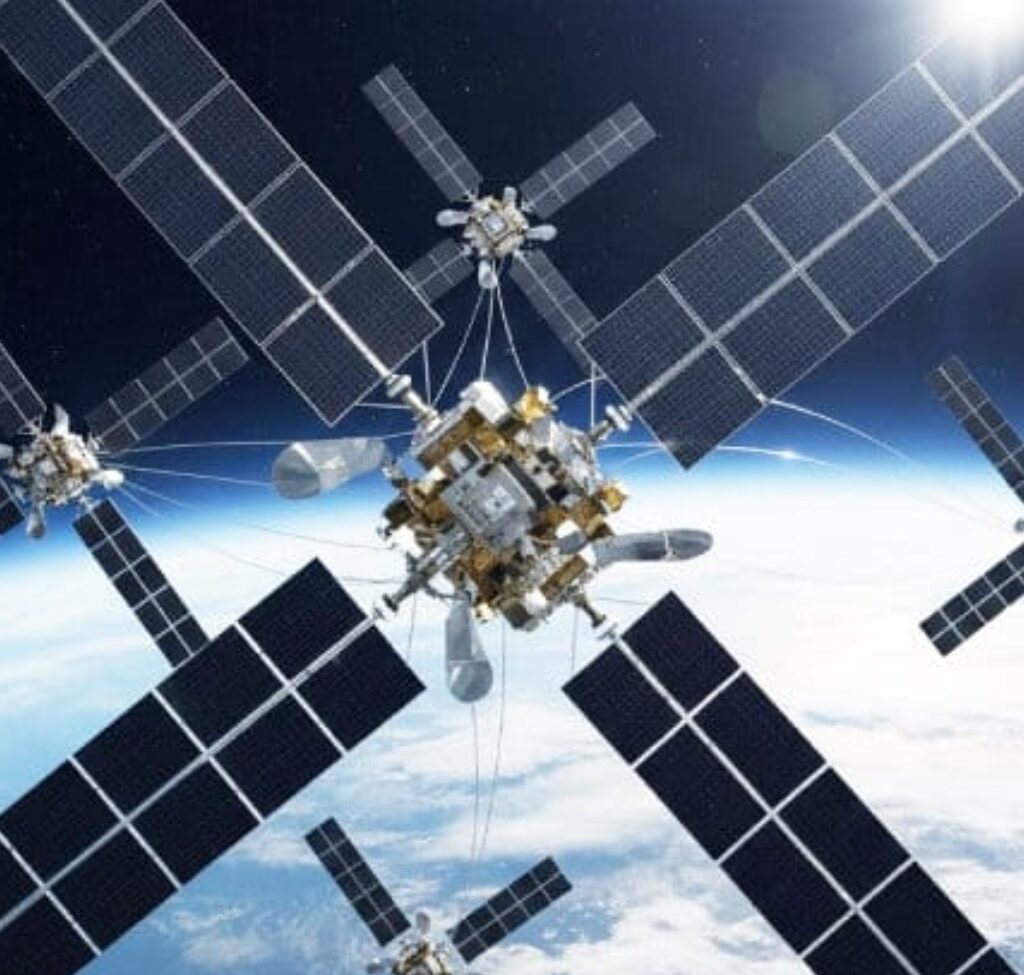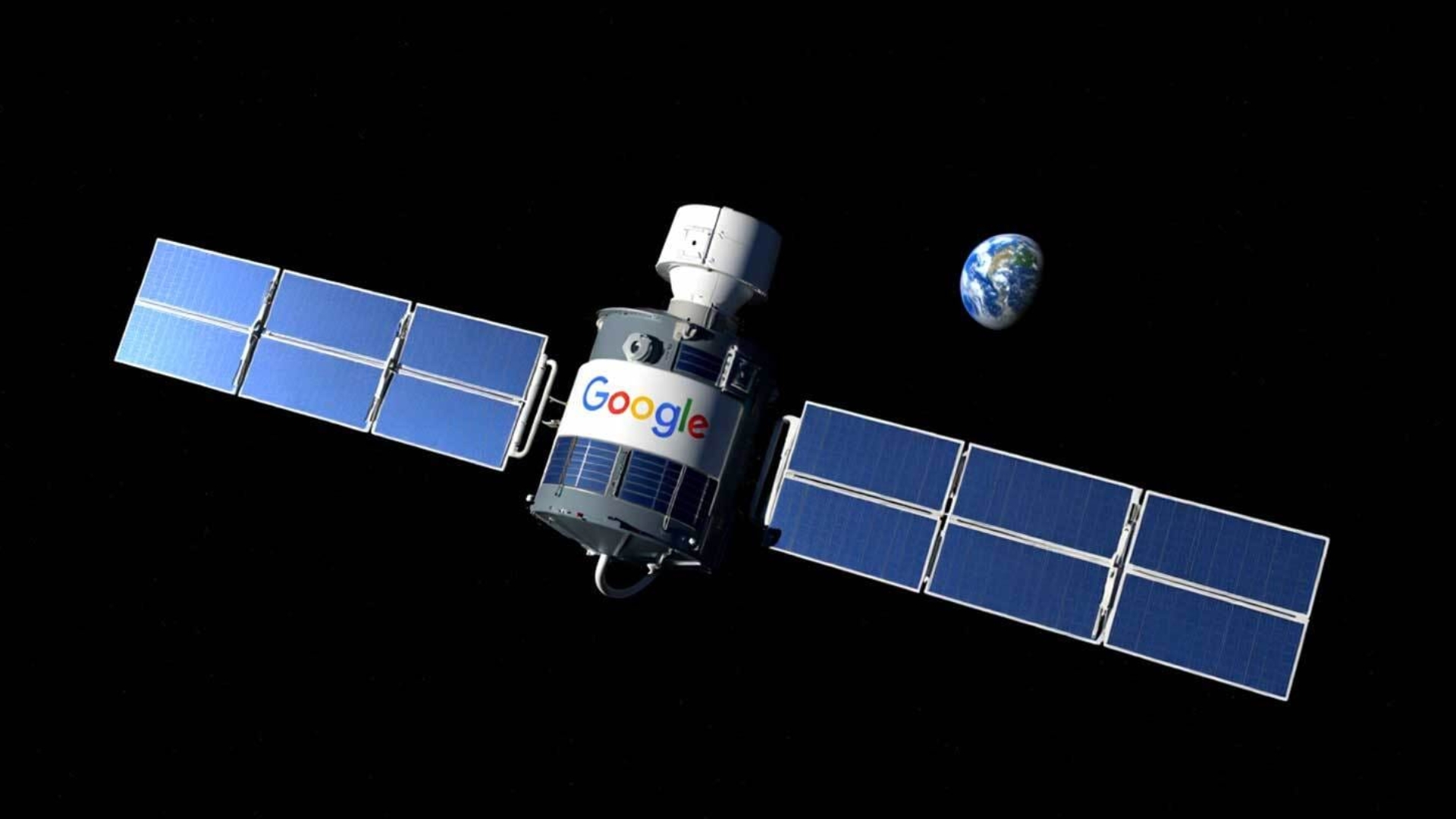The latest ambition by Google is to go to the stars. It is also alleged that the firm is working on an innovative project known as Google Project Suncatcher. This project is a study of the construction of artificial intelligence (AI) data centers, but not on Earth, in space. Therefore, these would operate on satellites that operate on constant solar energy. Thus, this action would reinvent the geographical boundaries of computing. It also represents a new solution to the high energy requirements of the current AI.
Why is this happening now? AI has triggered an unquenchable demand for processing power. However, this puts pressure on terrestrial energy and water grids. Locating data centers in space utilizes a free energy source, which is the sun. Therefore, the reason why this notion is important is that it might form a less unsustainable and more powerful AI-driven infrastructure in the future. It is also an important change in our perception of data, energy, and technology.
How Space-Based Data Centers Work
The essence of Google Project Suncatcher is plain but bold. It is the process of placing satellites with special AI hardware into space. Thus, these satellites would be independently operating data centers that are networked.
AI Chips and Solar Power in Orbit
Google will have its own Tensor Processing Units (TPUs) in every satellite. These are AI and machine learning optimized chips that are designed on a custom basis. The satellites are exposed to constant sunlight in space. Therefore, this enables them to produce continuous power by using their solar panels, which excludes the day-night cycle that constitutes a limitation to the production of solar power on Earth.
Cooling in the Vacuum of Space
Data centers on Earth consume so much energy in cooling. Space is the only solution available. Rather than water or air being used, the heat can be conducted to massive radiator panels using electronics. This heat then escapes to the cold and empty space. This is referred to as passive thermal management, which is very efficient. It significantly lowers the overhead cost of cooling.
Laser Links for Satellite Communication
These satellites have to communicate to be a cohesive data center. The strategy is to employ inter-satellite links, which are rapid optical. Therefore, these laser interconnections have the potential of transmitting immense data between satellites at real-time speed of light. Thus, this forms a strong form of a network in the orbit, just like in a data center on earth, where servers are connected.

Benefits of Energy and Cooling.
Energy is the main reason why the data centers are being relocated to space. Space has great benefits compared to facilities on Earth.
Unlocking Constant Solar Energy
The solar irradiance is about eight times stronger above the atmosphere of the earth. It has no clouds, weather, or even night to disrupt the flow of energy. With a solar-powered data center at the right orbit, power generation capability can be almost 100 percent. This offers a stable and predictable energy supply for power-intensive AI calculations.
Thermal Management in Microgravity
The second significant advantage is cooling. On the planet, data centers are using billions of gallons of water to cool in an evaporator or use giant air conditioners. Thermal radiation is the major means of heat rejection in a microgravity environment. Such a vacuum-aided cooling is much more sustainable. It helps to save the use of water and minimize the use of energy to regulate temperature.
Latency and Networking Considerations
The location of data centers in orbit brings about both novelties and challenges to the performance of the network.
Ground Links and Data Transfer
The information has to be sent to space and vice versa. This round trip adds latency, which is the delay in the transfer of data. Due to this reason, space-based data centers are not suitable to real-time applications such as video calls or online gaming. Nevertheless, they are very well adapted to numerous AI workloads. It can be used in batch processing, in which large datasets are processed in hours or days. Large language model training or a complicated scientific simulation is well-suited to this model.
Inter-Satellite Links for Fast Processing
The introduction of laser interconnections between satellites is important. This communication has high bandwidth and enables the orbital cluster to serve as one great computer. Processes can be done, and cross-referencing done among satellites without having to travel back to the earth. This is the “AI in space” capability, which is needed in large-scale jobs.
Cost, Operations, and Sustainability
It is not simple to open and run infrastructure in space. Nonetheless, the investment may be compensated in the long term.
Balancing Launch Costs and Operations
The cost of launching has also reduced tremendously over the past years. This is what renders the possibility of such projects as Google Project Suncatcher possible. Nevertheless, it is costly to launch satellites. They should also be made highly dependable. It is hard and expensive to maintain space. The satellites will require radiation hardening to ensure the survival of the electronics of the satellites in the harsh space environment.
Green and Environmental Impact.
The geospatial data centers located in space may make a significant positive contribution to the environment of Earth. They would ease the pressure on our electric grids. They would release lands that would be occupied by huge data center campuses. The fact that water would be eliminated to cool the system is a significant environmental victory. Off-planet computing would help to reduce the carbon footprint of the digital economy by moving the most intensive computing loads to off-planet locations.
Key Benefits and Trade-Offs
- Advantage: Availability of solar energy that is powerful and unlimited.
- Advantage: Waterless vacuum cooling that is very efficient.
- Advantage: Less land and grid overload on the planet.
- Trade-off: High cost and complexity of initial launch.
- Trade-off: It is not a good choice of trade-off for real-time applications.
- Trade-off: Problems of space maintenance and radiation.
- Trade-off: Greater threat of space debris.
Risks and Challenges to Overcome
The road to the space-based data centers is full of challenges. Technical, regulatory, and security issues will have to be resolved.
- Space debris: Orbiting junk is a constant menace to satellites. The impact would destroy a satellite and produce even more debris.
- Regulation: International regulations on any commercial activity in space have yet to be established. There should be defined regulations regarding problems such as spectrum allocation to satellite communications and laser safety.
- Cybersecurity: A satellite AI net would make a valuable victim. Preventing these assets from both digital and physical threats is the most important.
Data Sovereignty The issue of jurisdiction regarding the laws of which country apply to data being processed and stored in space will require an answer.
Education and Workforce Implications
Google project Suncatcher emphasizes the intersection of various areas of technology. This has significant implications for education and new employment. It highlights the increasing demand for specialists who are proficient in aerospace engineering, as well as artificial intelligence. Curricula in areas of STEM will have to change. The students must be advised to look into the interdisciplinary studies that would integrate computer science with aerospace, physics, and materials science.
The Roadmap: A 2027 Demonstration
Google is going to find out this principle in the near future. The company expects to introduce two demonstration satellites in 2027. They will use these satellites to test the basic technologies with experimental TPUs. The key goals will be to check the hardware performance under a radiation environment, to test whether the thermal management system is efficient or not,and to prove that the optical inter-satellite links are reliable or not. The success will be determined by the stability of the system, the efficiency of the processing, and the possibility of working independently.
The Competitive Landscape
Google is not the only company that is trying to harness the power of AI in space. The use of sophisticated computing on satellites is also being implemented by other companies and government agencies. This is because it requires on-orbit data processing to carry out earth observation, remote sensing, and communications. Satellite AI is turning into a competitive domain, and stakeholders aim at building more intelligent and autonomous constellations of satellites.
Practical Takeaways
To businesses, this project is an indication that there is a possibility of the future of cloud infrastructure going even further than Earth. Businesses are to keep an eye on such trends because they may open up possibilities of large-scale data analysis. To teachers, this will be an ideal case study on how to show the practical implementation of STEM concepts in practice. It is capable of motivating the future generation of engineers and scientists.
A New Layer in the Cloud’s Edge
Google Project Suncatcher is not merely a radical science project. It is the theoretical growth of our digital infrastructure. Over the years, we have taken computing to the edge – putting smaller data centers in closer proximity to the end user to minimize the latency. The proposed new, more distant edge that is suggested in this project is the orbital edge. It is a layer of infrastructure that is not intended to be fast to the user, but instead to have raw processing power and sustainability.
Offloading the most power-consuming AI workloads to a specialized orbital layer would change the data infrastructure on Earth. The low-latency, real-time services could then be optimised in our Earth data hubs. The space in this vision becomes the utility support of the heavy lifting of the AI age. It will be the final outreach of the cloud, making the universe a peripheral of our worldwide computing system.

